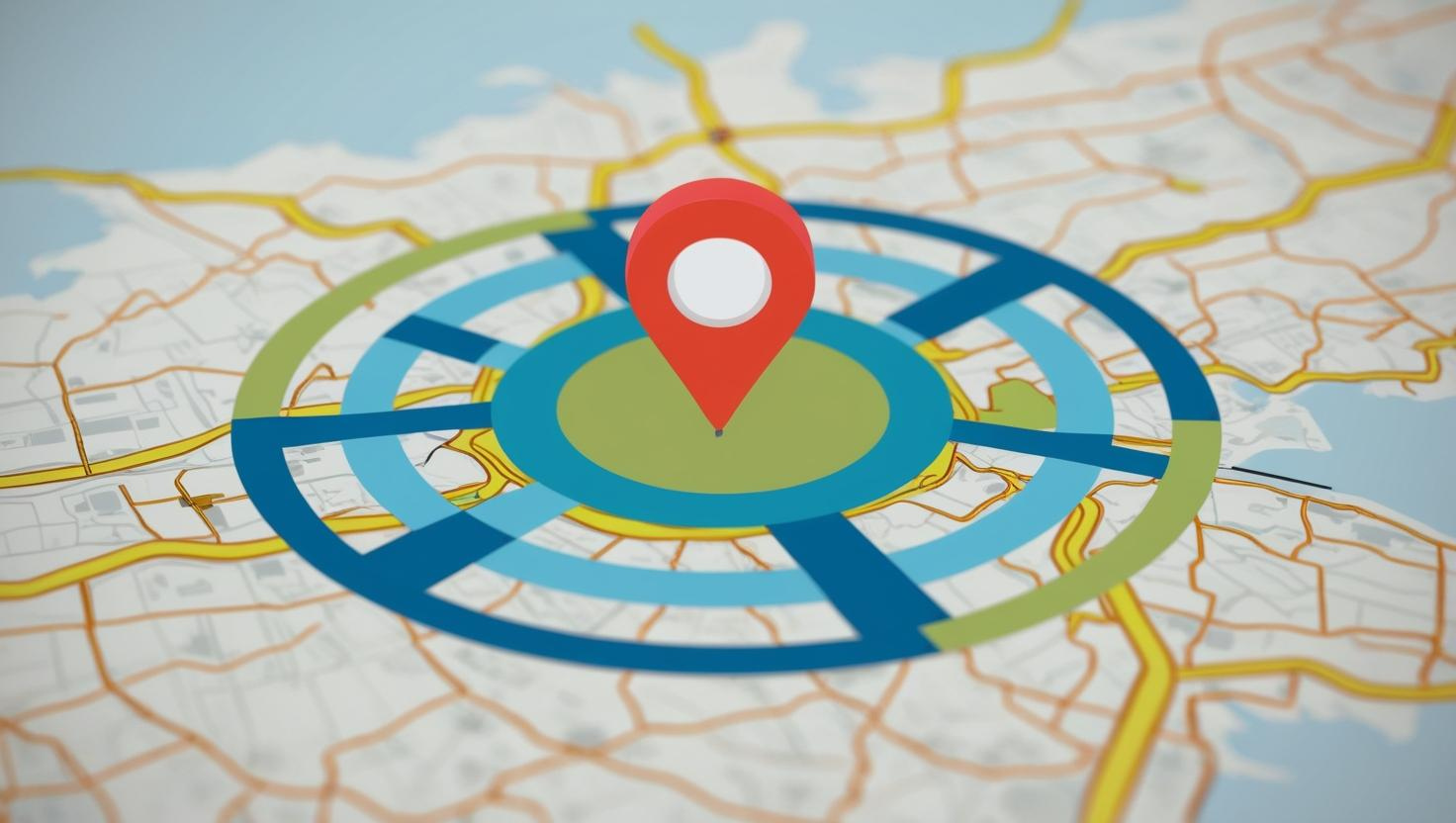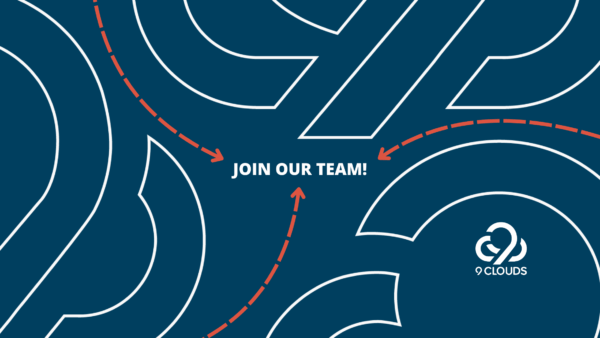
Your Geofence Is Too Big (And Other Hard Truths About Geofencing Ads)
Let’s be real — you already know how geofencing ads work.
You’ve launched a few campaigns, watched the clicks roll in, maybe even brought in some foot traffic. But if you’re here, you’re probably wondering how to get even more out of those location-based ads.
This isn’t a beginner’s guide. This is for the marketer who’s ready to squeeze more ROI from geofencing by making smarter decisions — about your targeting, your creative, your timing, and the numbers that actually matter.
So if you’re looking for the kind of insight that helps your geofencing ads stop just running and start performing, keep reading. We’re getting into the good stuff.
Let’s Talk About Your Fence (It’s Probably Too Big)
One of the most common mistakes we see with geofencing is trying to cover too much ground. A bigger radius might seem like a great idea — more people equals more potential customers, right?
Not exactly. In practice, it usually just means you’re paying for impressions from people who are too far away to care.
Think about it this way: a 5-mile fence might make sense if you’re a dealership in a rural area, but that same distance in a city could include people who would never actually visit your location. The key is finding that sweet spot — big enough to reach the right folks, but tight enough to stay relevant.
Another thing to watch for is overlapping fences. If you’re running multiple campaigns in nearby areas, you could be bidding against yourself without realizing it. And nobody wants to fight their own ads for visibility.
Bottom line? Precision beats reach. Be thoughtful about where your fence goes, and why.
If Your Ads Don’t Match the Moment, They’ll Miss
Now let’s talk creative. Because even the most perfectly placed ad won’t do much if the message falls flat.
When someone sees your ad, they’re usually on the go. Scrolling at a stoplight. Waiting in line for coffee. Sneaking a peek during a meeting (hey, we’ve all done it). So your ad has to grab their attention fast — and more importantly, give them a reason to care.
This is where relevance is everything.
If you’re targeting people near a competitor’s store, lead with why your offer is better.
If you’re geofencing around a busy shopping center, hit on convenience or a limited-time deal.
Keep the copy short, punchy, and actionable. Think less “brand awareness,” more “tap here to save now.”
And don’t forget the visuals. Mobile screens are small, so your ad design needs to be bold and clean. No tiny text. No clutter. Just a clear message that makes people want to click.
Timing Isn’t Everything — But It’s Close
It’s easy to forget that when your ad shows up is just as important as where.
But if you’ve ever seen the same ad 10 times in one day, you already know how quickly overexposure can turn into annoyance.
Frequency caps are your friend here. You don’t need to bombard someone every hour — usually three to five impressions per person per day is plenty. That’s enough to stay top-of-mind without crossing into “please make it stop” territory.
You’ll also want to think about timing in the context of your business.
Running ads for a breakfast cafe? Show them early in the morning, not at 2 p.m.
Trying to reach shoppers? Midday and evenings tend to work better.
And if your audience is likely to spend time in one spot — say, at a sporting event or a busy mall — that extended dwell time gives your ad more opportunities to get noticed.
When your timing lines up with your audience’s real-life habits, everything feels more natural — and more effective.
Let’s Get Honest About Metrics
Okay, let’s talk about numbers. Because yes, impressions and click-through rates are important. But if that’s all you’re looking at, you’re missing the bigger picture.
The real value of geofencing comes from what happens after the click.
Did someone visit your store? Call for a quote? Fill out a form?
Those are the conversions that actually move the needle — and the ones you should be tracking whenever possible.
If you’re using Google Ads, you can set up location extensions to track things like direction requests and phone calls. If you’ve got foot traffic tracking capabilities (or access to a platform that does), that’s even better.
And don’t forget about connecting your campaign data to your CRM. That way, you can actually match ad engagement with real customers and real revenue.
The ultimate goal here isn’t just more clicks. It’s measurable ROI. And the more data you tie together, the easier it is to see what’s working — and where you can double down.
Geofencing Works Better When It’s Not Alone
Geofencing isn’t a one-person show. It’s most powerful when it’s part of a full-funnel strategy — one that follows people beyond that first tap.
Let’s say someone enters your geofence, sees your ad, and clicks to learn more. Great.
But don’t stop there.
You can retarget that person later with a Google Display ad or a promoted Facebook post. You can drop them into an email nurture campaign. You can even tailor your YouTube ads to hit them later in the week when they’re back on the couch.
The trick is consistency. If your messaging lines up across every channel, it feels like a seamless experience. People recognize your brand, remember your offer, and are more likely to take action.
That’s the kind of marketing that works — and it all starts with smart geofencing.
Embed: https://9clouds.com/services/geofencing/
Ready to Level Up Your Geofencing Strategy?
If you’ve made it this far, you’re probably already doing geofencing. The question is: Could they be doing more for you?
We help businesses all over the country turn good geofencing campaigns into great ones — by dialing in targeting, creative, timing, and metrics that matter.
If you want to talk about strategy, we’d love to hear what you’re working on.
VIEW OUR STARTER PACKAGES





